Best Mountain Bike Waterproof Jacket
The best mountain bike waterproof jacket will keep you comfortable in the soggiest weather. These jackets are essential for pulling out of your backpack and slipping on during sudden downpours or for those who are unphased by heading out in the rain. In this article, I’ll go through what to look for in the best mountain bike waterproof jacket for you and give you some recommendations.
Choosing the best mountain bike waterproof jacket for you can be tricky due to how pricy they can be. The more expensive examples typically have high waterproofing, breathability, and durability. However, you may be loathed to pay lots of money for something that will sit in your backpack 90% of the time and get covered in mud. But I’m here to help you create a shortlist so you can choose the best mountain bike jacket without emptying your wallet.
How To Choose The Best Mountain Bike Waterproof Jacket
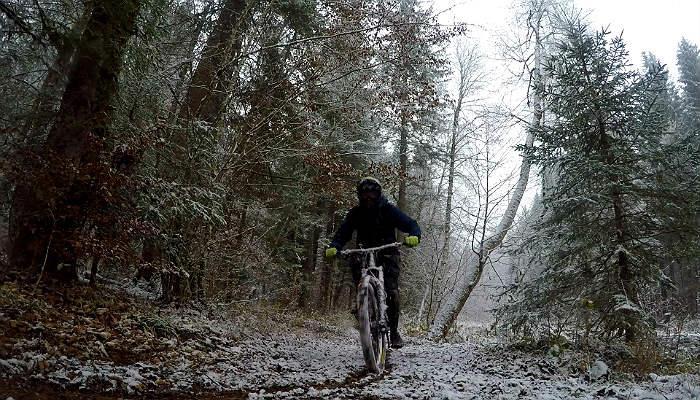
Before you buy a jacket that looks nice, you need to consider the type of riding you do. For example, if you are the type of rider who goes out on all-day pedals in all weather conditions, you’ll need a jacket with high waterproofing and breathability ratings. Here is a rundown of what the breathability and waterproofing numbers mean:
Waterproofing Rating
- 0 mm (Not Waterproof): This is like wearing a plastic bag – zero protection from rain.
- 5000-10000 mm (Light Rain): Fine for occasional showers, but not heavy downpours.
- 10000-15000 mm (Moderate Rain): Keeps you dry in most conditions, except for prolonged rain.
- 15000-20000 mm (Heavy Rain): Ready for anything Mother Nature throws at you.
- 20000+ mm (Monsoon-Proof): You could probably swim in this jacket.
Breathability Rating
- 0 g/m² (Suffocating): You’ll feel like you’re in a sauna, not ideal for biking.
- 5000-10000 g/m² (Basic Breathability): Decent for short rides or cool weather.
- 10000-15000 g/m² (Moderate Breathability): Comfortable for most rides.
- 15000-20000 g/m² (Highly Breathable): Great for intense rides and variable weather.
- 20000+ g/m² (Breathable Beast): You won’t even notice you’re wearing it.
Finding the Right Balance
The key is finding the right balance between waterproofing and breathability for your mountain biking needs. Consider your local weather conditions, the length of your rides, and your personal comfort preferences.
Recommendations
- Budget-Friendly: Look for jackets with a 10000-15000 mm waterproof rating and 10000-15000 g/m² breathability rating. These provide good performance without breaking the bank.
- All-Weather Warrior: If you’re an all-season rider, invest in a jacket with 15000+ mm waterproofing and breathability. It’ll keep you comfortable year-round.
- Light and Fast: Opt for a lightweight jacket with high breathability for short, intense rides. A rating of 15000+ g/m² is perfect.
Remember, these numbers are your guides, but personal comfort matters most. The best waterproof mountain bike jackets will keep water out and allow moisture to escape. However, there is a limit to their performance, which you will notice if you spend 5 hours in torrential rain, even with the best jacket.
You may opt for a hybrid or insulated jacket. These won’t keep you completely dry, but you’ll be warm and comfortable until the waterproofing reaches its limit. At the end of the day, you need to choose a jacket that suits your riding style.
Check Out The Features And Details
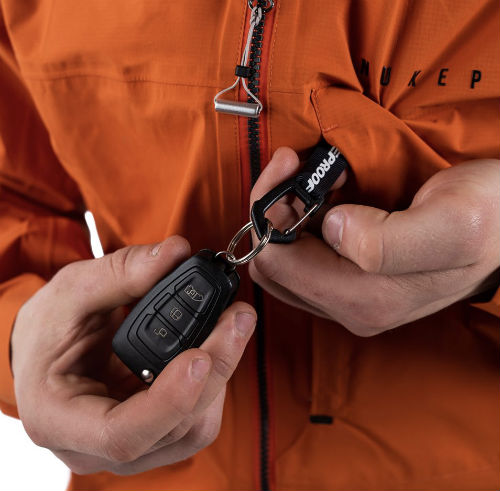
Mountain bike clothing manufacturers have some excellent designs to improve their jackets’ performance. You can expect lightweight, high-performing, durable jackets with ventilation and clever zips.
These details mean you can adjust your jacket to suit the weather conditions and your ride. You can also enhance this by carefully choosing your layers. Wearing a good baselayer wicks moisture away from your skin and allows it to escape through your jacket. The result is a drier and more comfortable ride.
Here is a rundown of what to look out for:
Two-Way Zips
These are double zips that allow you to open your jacket from the top and bottom. They allow you to cool down faster after you’ve got hot and bothered after a big uphill pedal.
Drop Tails
Jackets with a longer back keep your lower back covered and protected from mud and water spraying up from your back wheel. Sometimes, drop tails are adjustable with elastic or drawstrings to create a seal.
Dropped Cuffs
Dropped cuffs extend to create a seal around your wrists to stop water seeping into your gloves. These cuffs make the jacket more comfortable and are shaped to not crease, which usually lets moisture collect inside.
Lined Collar
Some jackets have a fleecy collar. This feels nice and soft against your skin, but it absorbs water before running down your neck.
Helmet-Compatible Hood
It is good if your hood slips over your helmet properly. It is practical and comfortable, but make sure you can cinch it with drawstrings, as your hood can reduce peripheral vision.
Ventilation
Ventilation is a great way to reduce your body temperature and allow sweat to escape. Mountain bike jackets usually have vents in the armpits or at the front. If you ride with a backpack, make sure the straps don’t get in the way of the vents. Also, vents with double zips give you more ventilation options.
Insulation
There are various types of insulation on offer. For example, your mountain bike jacket could be insulated with fleece and have a baffled construction to trap warm air inside.
You will find that insulated jackets don’t have as much waterproofing as others. This is because they require more breathability to stop the chilliness from sweat building up inside.
The amount of insulation a jacket has is often indicated by its “fill.” A jacket with a high fill level traps more air, but you can adjust your layering to have the same effect with less insulated jackets.
Three-layer fabric
Three-layer jackets are made from a fabric that comprises an outer shell on top of a waterproof membrane and an inner backing. The inner lining makes the jacket more comfortable and durable while enhancing breathability.
2.5-layer fabric
On a 2.5-layer jacket, the waterproof membrane is a thin coating inside rather than an additional lining. It has a more rubber-like feel but makes the jacket lighter and easier to pack into your backpack.
Here, the waterproof membrane has a thin coating applied to the inside rather than a proper lining. This type of jacket is often typified by a rubbery feel, but the ‘half’ layer makes the material lighter and more packable.
DWR
DWR stands for Durable Water Repellent treatment, which is often applied to the outside of garments to stop water from penetrating the material. This treatment is commonly seen on waterproof jackets, trousers, and baggy shorts. DWR can wear out or wash off over time but can be reapplied.
PFCs
Perfluorinated and poly-fluorinated chemicals are often used in producing DWR finishes. These break down very slowly once released into the environment. Many clothing brands now use PFC-free materials, so check out the description to be a little more environmentally friendly.
Articulated Jackets
Articulated mountain bike jackets have fabric cut along the lines that move the most. Therefore, the jacket follows the shape of your arms or the curve of your back when riding. The result of this is freedom of movement without having a baggy fit.
Recommendations For The Best Mountain Bike Waterproof Jacket
Now you know what to look out for, here are my recommendations for the best mountain bike jackets available right now:
Endura MT500 Waterproof Jacket II
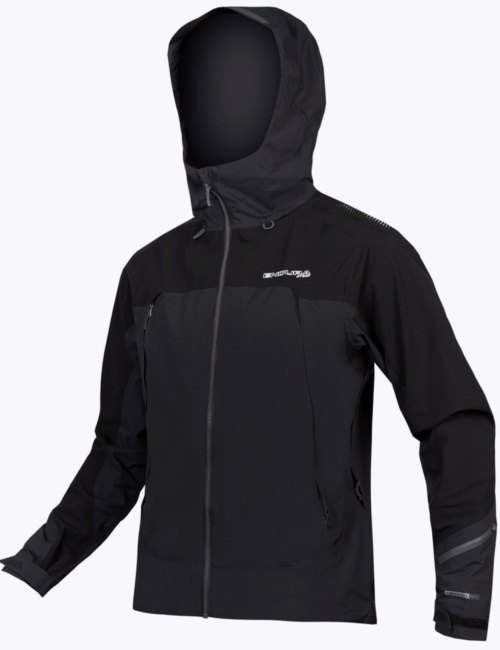
The Endura MT500 Waterproof Jacket II is an update to an already excellent product. I like that it has a high level of waterproofing and breathability rating of 20000 mm/40000g/m2/24hr.
Its 3-layer fabric performs exceptionally well, and its cut gives you a refined fit. The front pockets double as vents, and there are hidden internal pockets and a sleeve lift pass pocket, ideal for soggy days on the trails or in the bike park. You’ll like this jacket’s comfort level, even with challenging conditions.
Another great touch is that Endura has designed it to work seamlessly with a backpack.
Nukeproof Blackline Softshell Jacket
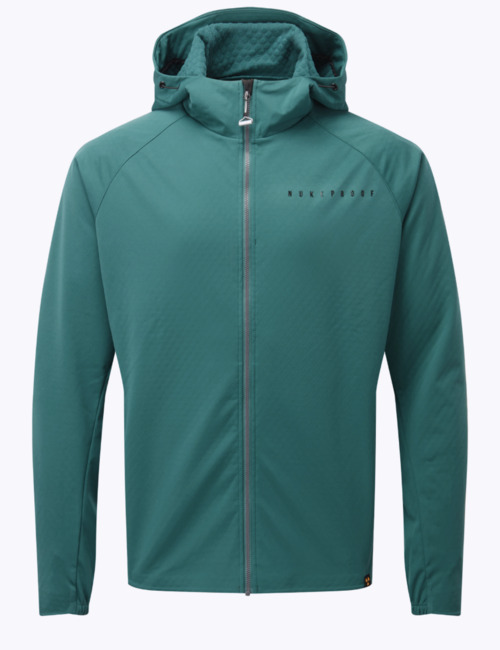
The Nukeproof Blackline has a minimalistic style but provides high-end performance. This jacket can do it all thanks to its water-resistant, warm, and breathable fabric, keeping you comfortable and dry all year round. It is the type of jacket that you can wear on and off the trails.
The DWR coating gives it 15,000mm of waterproofing. This isn’t for extreme weather riding but is ideal for light rain and showers. Nukeproof has packed some great features into the Blackline Softshell Jacket, such as a helmet-compatible hood, raglan sleeves for unrestricted movement, and big pockets.
In true Nukeproof fashion, you can expect high quality and durability. Therefore, this jacket will last many years of riding.
Leatt MTB HydraDri 5.0 Jacket
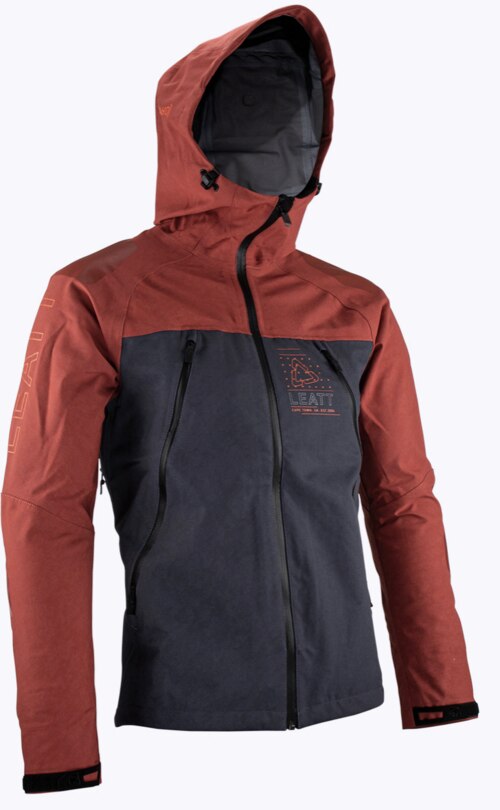
The Leatt MTB HydraDri 5.0 Jacket is designed for riding in the wettest weather. It features the stretch HydraDri MAX shell and taped seams. Together, they will ensure you stay bone dry on the trails with waterproof and breathable ratings of 30.000mm and 30.000g/m2.
Leatt has given this jacket a Ride Adaptive Hood, which fits over your helmet and can be adjusted to suit the conditions. I like that it is held in place with a magnetic system. This is used to stop flapping when not in use, and attach it to your helmet with a separate supplied magnet.
Endura Hummvee Waterproof Jacket
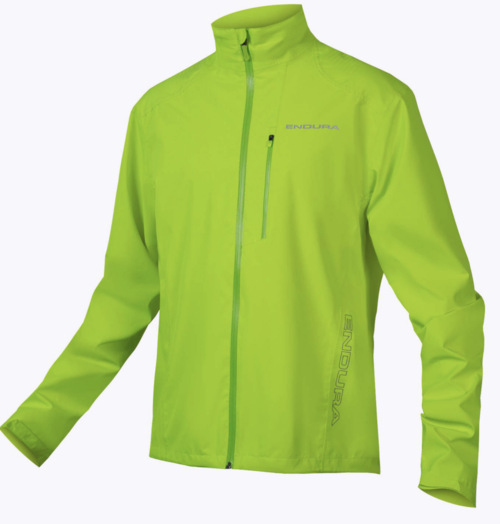
As with the rest of the Endura Hummvee range, this waterproof jacket is among the most durable you can buy. This durability comes from the dual-layer ripstop fabric, enabling you to ride in the rain for many seasons.
It has a waterproofing and breathability rating of 10000 mm/10000 g/m2/24hr, which is excellent at this price point. The underarm zipped vents enhance the jacket’s breathability, while the fully taped seams prevent water from getting in.
Final Thoughts On The Best Mountain Bike Waterproof Jacket
With this information and recommendations, you can ride more comfortably in the wet. Even if you don’t choose any of the jackets above, I recommend buying a basic waterproof jacket to fit into your backpack. It will make a massive difference to your comfort, extend your fun on the trails, or make your ride home more pleasant.

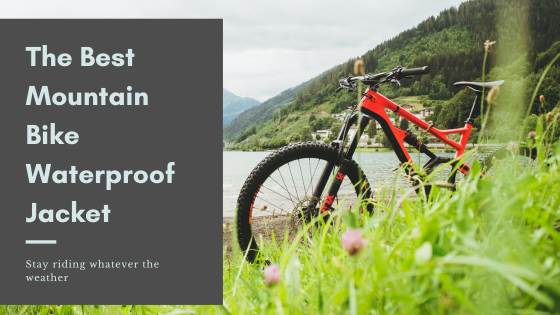
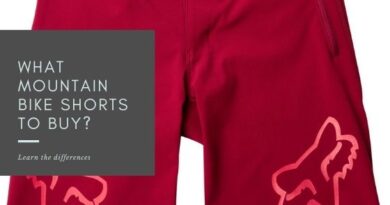
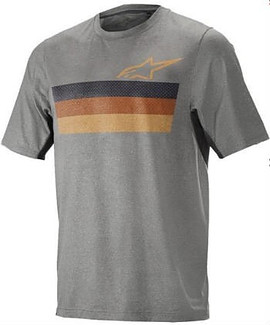
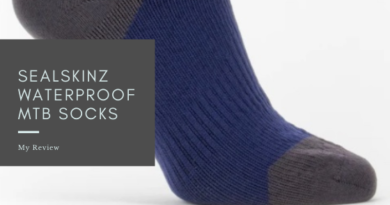
Pingback: Winter Mountain Bike Hacks: Ride comfortably this winter -